
Index
- What Is the NCAA Tournament?
- What is March Madness?
- March Madness History and Trends
- When is the NCAA Tournament?
- How to Make Your March Madness Expert Picks: Tips and Strategies
- Teams to Avoid Picking in March Madness
- How Many Rounds Are in the NCAA Tournament?
- How Many Teams Make the NCAA Tournament?
- When is the College Basketball National Championship?
- What Are the Most Intriguing College Basketball Matchups?
- Managing Risk and Expectations in March Madness
- Final Four Predictions for 2025
- What Are The Biggest Upsets in Tournament History?
What Is the NCAA Tournament?
The NCAA Tournament is a 68-team single-elimination basketball tournament that takes place following college basketball’s regular season and conference tournaments. The NCAA tourney bracket is made up of the South Region, West Region, East Region, and Midwest Region.
Each region is seeded 1-16, but the first two games are played to decide the final two teams in the 64-team field. An NCAA Tournament Championship is difficult to win, as a team must win six consecutive postseason games to capture a national title. Having a high seed by dominating the regular season gives teams the best chance to win.
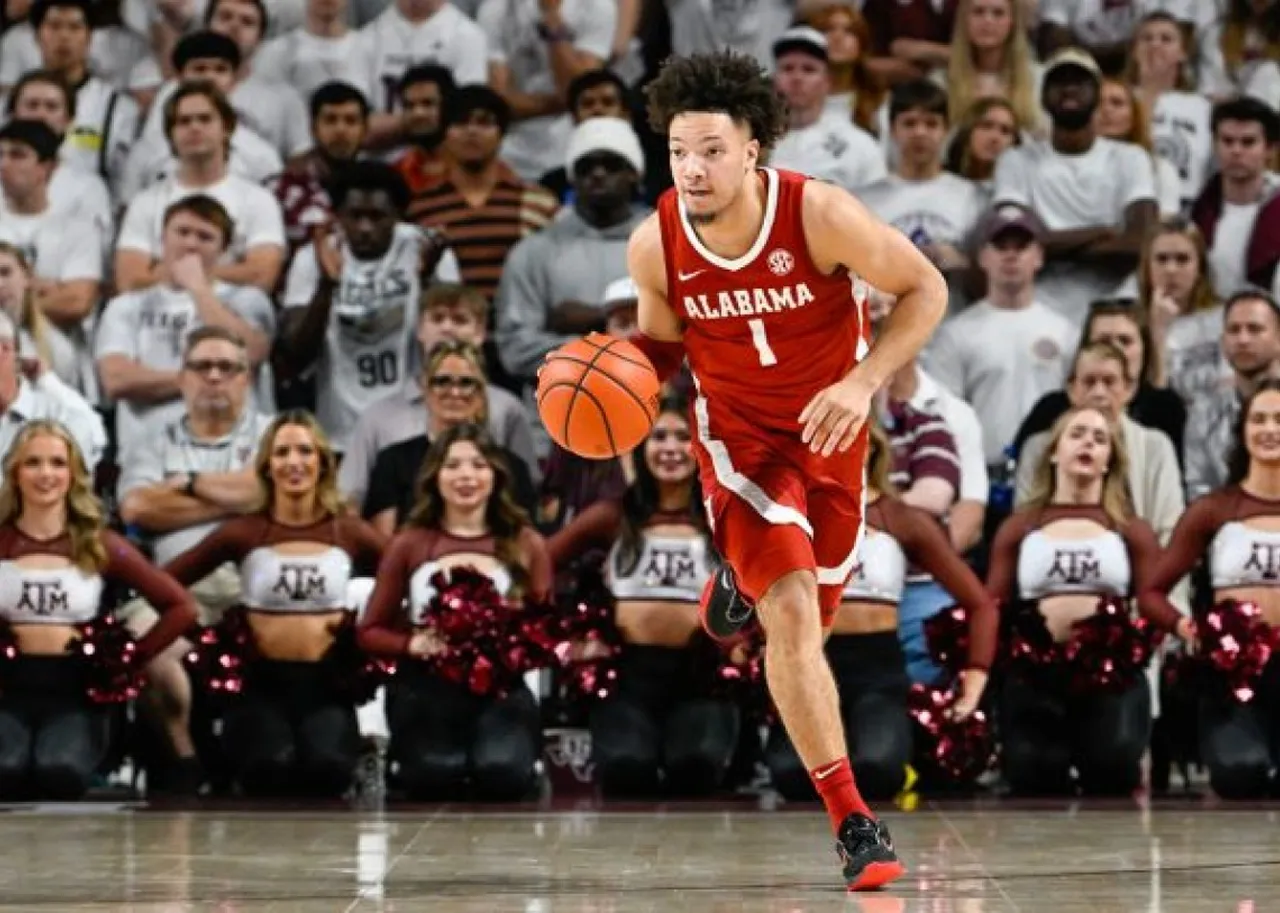
Read all of our NCAA March Madness articles here. Win your brackets and get our NCAA Tournament Final Four predictions.
What is March Madness?
March Madness is simply another term from the NCAA tournament. Bracketology, the study and prediction of the tourney bracket, plays a crucial role.
The tourney officially kicks off on Selection Sunday, as the selection committee creates the tournament bracket.
After the matchups and game times are announced, millions of brackets are filled out as participants make their final four picks.
March Madness History and Trends
March Madness has a storied history that dates back to 1939, when the first NCAA Men’s Division I Basketball Tournament was held. Over the decades, this annual event has grown into a cultural phenomenon, captivating millions of fans who eagerly fill out brackets and cheer for their favorite teams. The tourney’s rich history is filled with unforgettable moments, legendary performances, and dramatic upsets that have become part of college basketball lore.

When is the NCAA Tournament?
The NCAA Tournament always begins in the second half of March. The action begins the Tuesday after Selection Sunday with the “First Four” matchups.
Then, the first two rounds (Round of 64, Round of 32) take place from Thursday to Sunday. These two rounds are played on what is known as the “first weekend.”
The Sweet 16 and Elite Eight rounds are played the following Thursday through Sunday, also known as the “second weekend.” The Final Four is then played the following Saturday, and the National Championship Game is played the next Monday.
Overall, the NCAA tournament lasts just under one month and spans from the middle of March to the first week of April. In 2025, action will begin on March 18 and conclude on April 7.

Check out our NCAA Tournament Regional Previews and March Madness Predictions for expert analysis on every region, key matchups, and bracket-busting insights.
How to Make Your March Madness Expert Picks: Tips and Strategies
Whether you’re a diehard college basketball fan or haven’t watched a game all season, making your college basketball picks and final four projections is a blast. While strategies vary widely, here are a few tips for completing your bracket:
View Odds – Upsets happen, but teams who are favored by double digits have won over 92% of matchups in the tourney all time. Knowing the point spread of each matchup can guide your picks. Money line favorites have won roughly 75% of Round of 64 matchups all time.
Analyze Schedules – Check to see if two teams have already met before in previous years. The first meeting between teams can uncover underlying advantages in a matchup.
Do Roster and Team Research – This one might seem obvious, but knowing which teams have a great point guard, are likely to win the rebounding battle, or usually avoid foul trouble are great indicators of sustained success. It’s also not a bad idea to look into injury news to make sure a highly-seeded team isn’t missing any key players.
Don’t Overrate Blue Bloods – College basketball blue bloods like North Carolina, Duke, Kentucky, Kansas, and Michigan State have stories histories of success, but each program has plenty of early-round exits. Choose which current version of each team will win – don’t just base your picks off past titles. If you only focus on blue bloods, you could be burned by a present surging team like Alabama or Auburn. While blue bloods have a history of success, don’t overlook the potential for a Cinderella story, where lower-seeded teams make unexpected deep runs.
Read Our College Basketball Experts’ Picks – Half of the fun of creating tourney brackets is making yours unique to others. However, reading expert CBB picks can help guide your decisions on close matchups.
When In Doubt, Pick A 1-Seed – Over the last 39 NCAA Tournaments, 25 (64%) of the National Championship winners have been a 1-seed. 34 of the 39 have been no worse than a 3-seed. The best teams in the nation are given the top seeds, and the bracket is designed to give these teams the easiest path to victory. That’s not to say you should not have a double-digit seed winning a few games. During the 2024 NCAA Tournament, 11-Seed NC State made it to the Final Four before being eliminated by Duke.
Pick a 12-seed vs. 5-seed Upset in Round 1 – Since 2000, at least one 12-seed has earned a victory over a 5-seed 17 times in the last 22 years. In the 2024 NCAA Tournament, Grand Canyon upset Saints Mary’s in the first round.
Evaluating Team Performance
When it comes to making your tourney picks and projecting the final four, evaluating team performance is crucial. Here are some key factors to consider:
- Strength of Schedule: Teams that have faced tough opponents during the regular season are often better prepared for the rigors of the NCAA Tournament. A challenging schedule can help teams develop resilience and adaptability, which are essential for success.
- Defensive Efficiency: Defense wins championships, and this adage holds true in college basketball. Teams that excel in defensive efficiency, limiting their opponents’ scoring opportunities, often have a better chance of advancing deep into the tourney.
- Rebounding Margin: Controlling the boards is another critical factor. Teams that dominate in rebounding can control the pace of the game and create additional scoring opportunities, giving them a significant edge over their opponents.
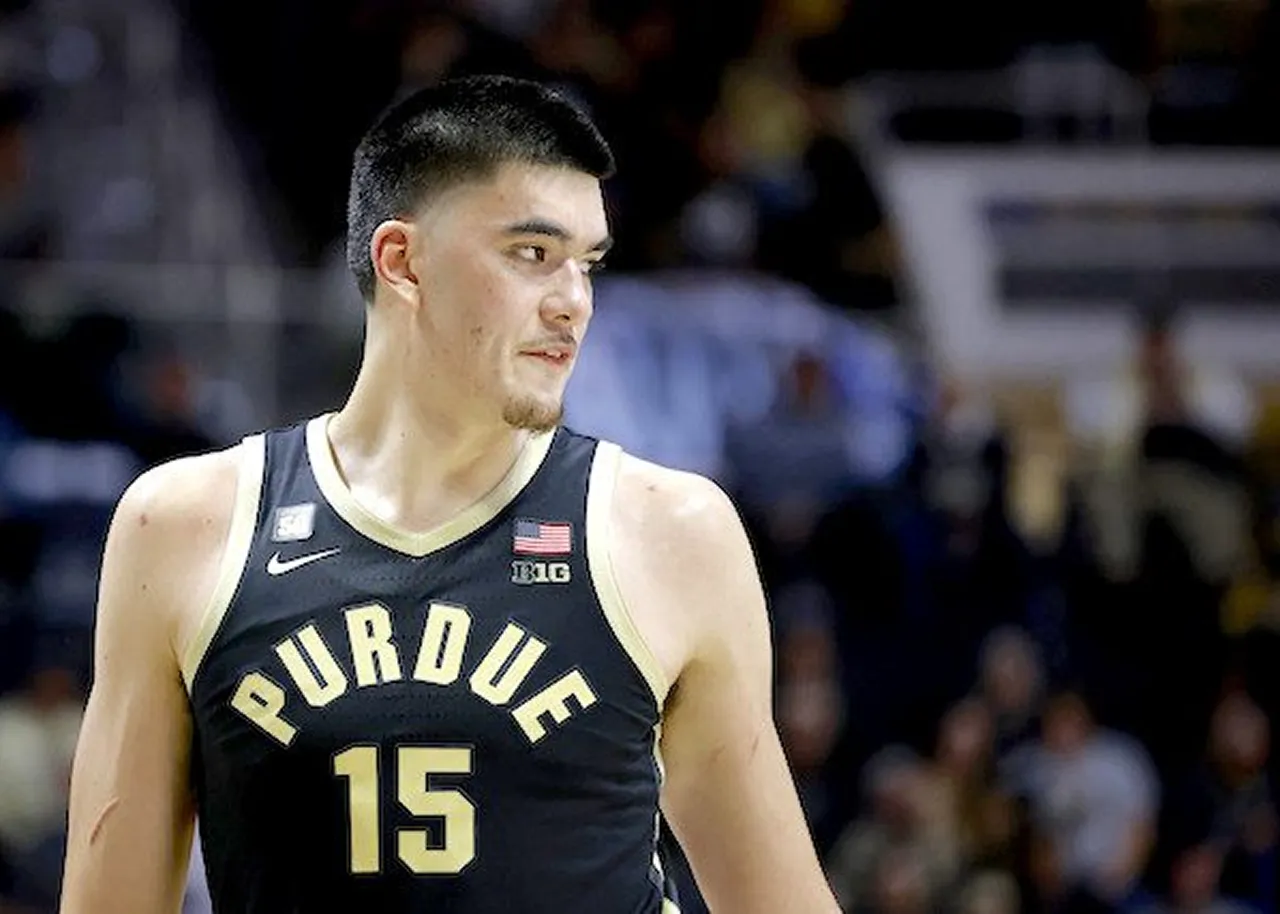
- Free Throw Shooting: In close games, free throw shooting can make all the difference. Teams that are reliable from the free throw line are more likely to close out tight contests and advance in the tourney.
Identifying Trends and Patterns in College Basketball
Over the years, several trends and patterns have emerged in college basketball that can help guide your NCAA tourney picks:
- The Dominance of Top Seeds: Historically, top seeds have performed exceptionally well in the tourney. Many national championship winners have been No. 1 seeds, underscoring the importance of regular-season success and favorable seeding.
- The Importance of Experience: Teams with experienced players and seasoned coaches often have an advantage in this high-pressure environment. Veteran leadership can help teams navigate the ups and downs of the tourney.
- The Impact of Injuries: Injuries to key players can significantly impact a team’s chances of success. Staying informed about the health of top players is essential when making your picks.
- The Role of Momentum: Teams that enter the tourney on a hot streak often perform better than those that have struggled down the stretch. Momentum can be a powerful force in, propelling underdogs to unexpected victories.

Looking for the best DFS plays? Dive into our CBB DFS Lineup Picks for DraftKings and FanDuel to get top daily fantasy selections and expert advice.
Teams to Avoid Picking in March Madness
- 16 Seeds – By a general rule, you should avoid picking a 16 seed to beat a 1 seed in Round 1. No. 16 seeds have a 1.2% winning percentage all time. In 2018, Virginia became the first team to lose to a 16 seed, but it is still an extremely rare occurrence and should be avoided.
- 15 Seeds – 15 seeds have a little more success than 16 seeds historically, but they have still won just 9.3% of their games throughout the existence of the tourney. Even if some of these lower-seeded teams are among the hottest teams in the country, these upsets are highly unlikely.
- Teams Limping Into March – Every season, there are middle-of-the-pack teams who start their seasons hot before taking a series of losses or are missing key players as the big event approaches. Be sure to check each team’s current trend before making your picks. Be cautious of picking a bubble team, as their inconsistent performance throughout the season can make them a risky choice.
How Many Rounds Are in the NCAA Tournament?
Following the first two games to decide the final participants of the 64-team field, the NCAA Tournament has six rounds:
- Round of 64
- Round of 32
- Sweet 16
- Elite Eight
- Final Four
- National Championship
How Many Teams Make the NCAA Tournament?
68 teams make the initial bracket, but 64 teams stand following the two play-in games that take place days before the start of the tourney. All Division 1 conference tournament champions receive automatic bids, and then the selection committee identifies the top remaining college basketball teams in the country who will compete to be that year’s National Champion.
When is the College Basketball National Championship?
The final matchup of the bracket is the National Title game, which takes place on April 7, 2025. The final game will feature a battle between two teams that have collected at least five consecutive wins heading into the Monday night showdown, following their victories in the Final Four.
What Are the Most Intriguing College Basketball Matchups?
Every year, March Madness delivers thrilling matchups that captivate fans, challenge top seeds, and create unforgettable Cinderella stories. The NCAA Tournament is packed with intense battles between powerhouse programs, underdog teams looking to shock the world, and potential Final Four previews. Here’s a look at the most intriguing college basketball matchups to watch:
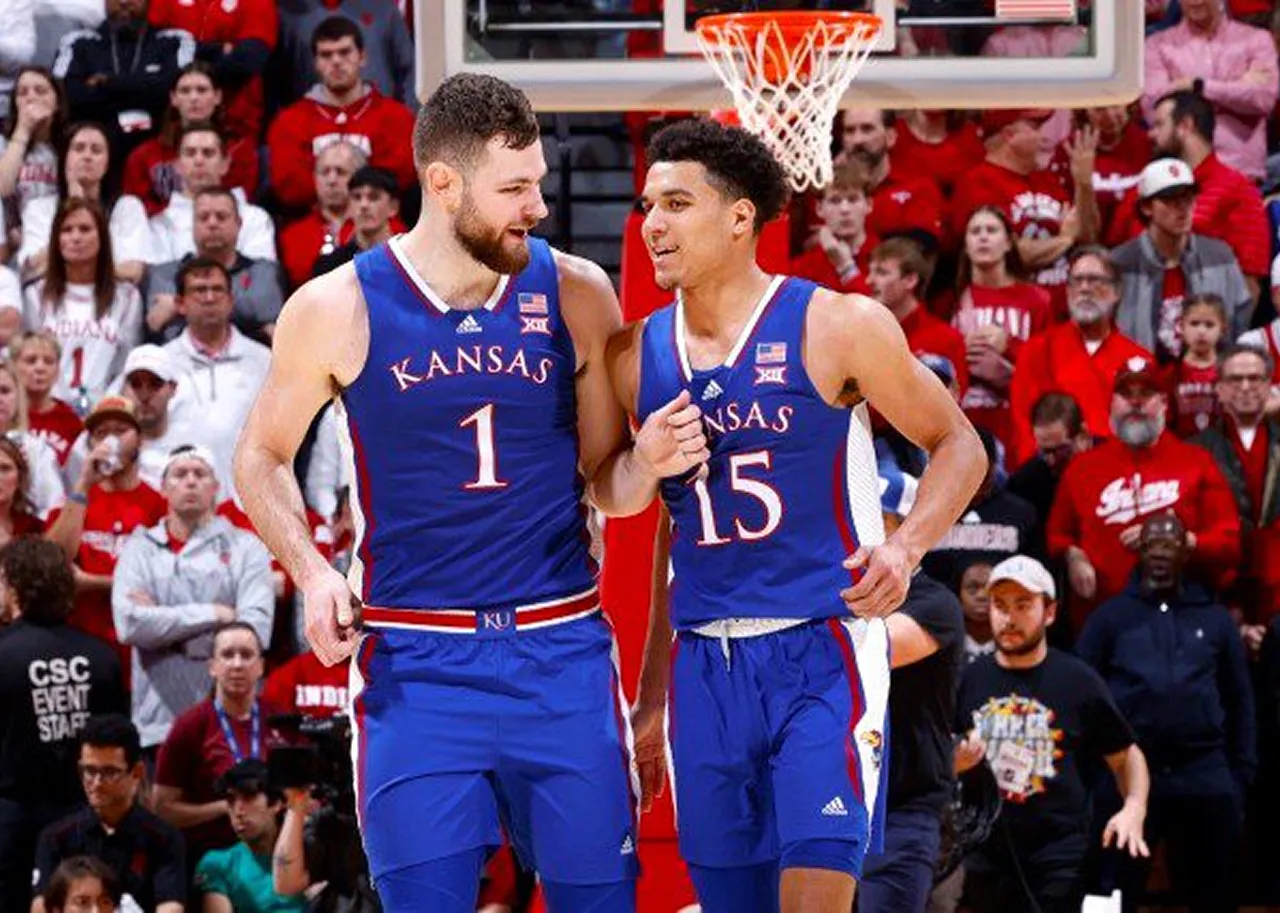
Blue Blood Showdowns
Some of the most exciting games in the world famous college basketball tourney feature historic programs like Duke, Kentucky, North Carolina, and Kansas clashing on the biggest stage. When these legendary teams meet, it’s not just about advancing to the final four and beyond, it’s about bragging rights, NBA-caliber talent on display, and high-intensity basketball.
Master your bracket with our March Madness Tips on How to Fill Out NCAA Tournament Brackets, featuring expert strategies and sleeper picks.
David vs. Goliath: Cinderella Teams vs. Top Seeds
Nothing captivates college basketball fans quite like an upset. When a No. 12 seed battles a No. 5 seed, or a mid-major program takes on a blue-blood powerhouse, it’s must-watch TV. Recent years have seen teams like Saint Peter’s, Florida Gulf Coast, and Loyola Chicago make deep runs, proving that no team is safe in March.
Rivalries Renewed on the Biggest Stage
March Madness often reignites classic rivalries that might not be played during the regular season. If teams like Michigan and Michigan State or Arizona and UCLA cross paths, the stakes are even higher. These matchups bring an extra layer of intensity as players battle for school pride and a trip to the next round.
Future NBA Stars Facing Off
Many of the top NBA Draft prospects make their mark in the NCAA Tournament. When two teams featuring elite one-and-done freshmen or veteran college stars clash, scouts and fans alike tune in to see who will rise to the occasion. Matchups featuring projected lottery picks often deliver high-scoring duels and clutch performances.
Elite Eight and Final Four Previews
As the tourney progresses, the competition reaches new heights. Games featuring two No. 1 seeds, powerhouse conference champions, or red-hot teams on winning streaks provide some of the best matchups. These battles often foreshadow the championship game and create lasting memories.
No matter which teams make the bracket, March Madness guarantees intense, unpredictable, and unforgettable matchups. Keep an eye on underdogs, future NBA talent, and historic programs clashing on the sport’s biggest stage!
Managing Risk and Expectations in March Madness
March Madness is synonymous with unpredictability, where upsets and surprises are the norm rather than the exception. Managing risk and setting realistic expectations are key to enjoying the event and making informed picks. Here are some tips to help you navigate the madness:
- Don’t Put All Your Eggs in One Basket: Spread your picks across multiple games and teams to minimize risk. Diversifying your selections can help you avoid the pitfalls of unexpected upsets.
- Be Realistic About Your Team’s Chances: It’s easy to get caught up in the excitement surrounding your favorite team, but it’s important to remain objective. Assess your team’s strengths and weaknesses realistically to make informed decisions.
- Stay Informed: Keep up with the latest news and trends in college basketball. Injuries, player performances, and team dynamics can all influence the outcome of games. Staying informed will help you make better picks.
- Don’t Chase Losses: If you’re on a losing streak, resist the urge to make reckless picks in an attempt to recoup your losses. Take a step back, reassess your strategy, and make calculated decisions.
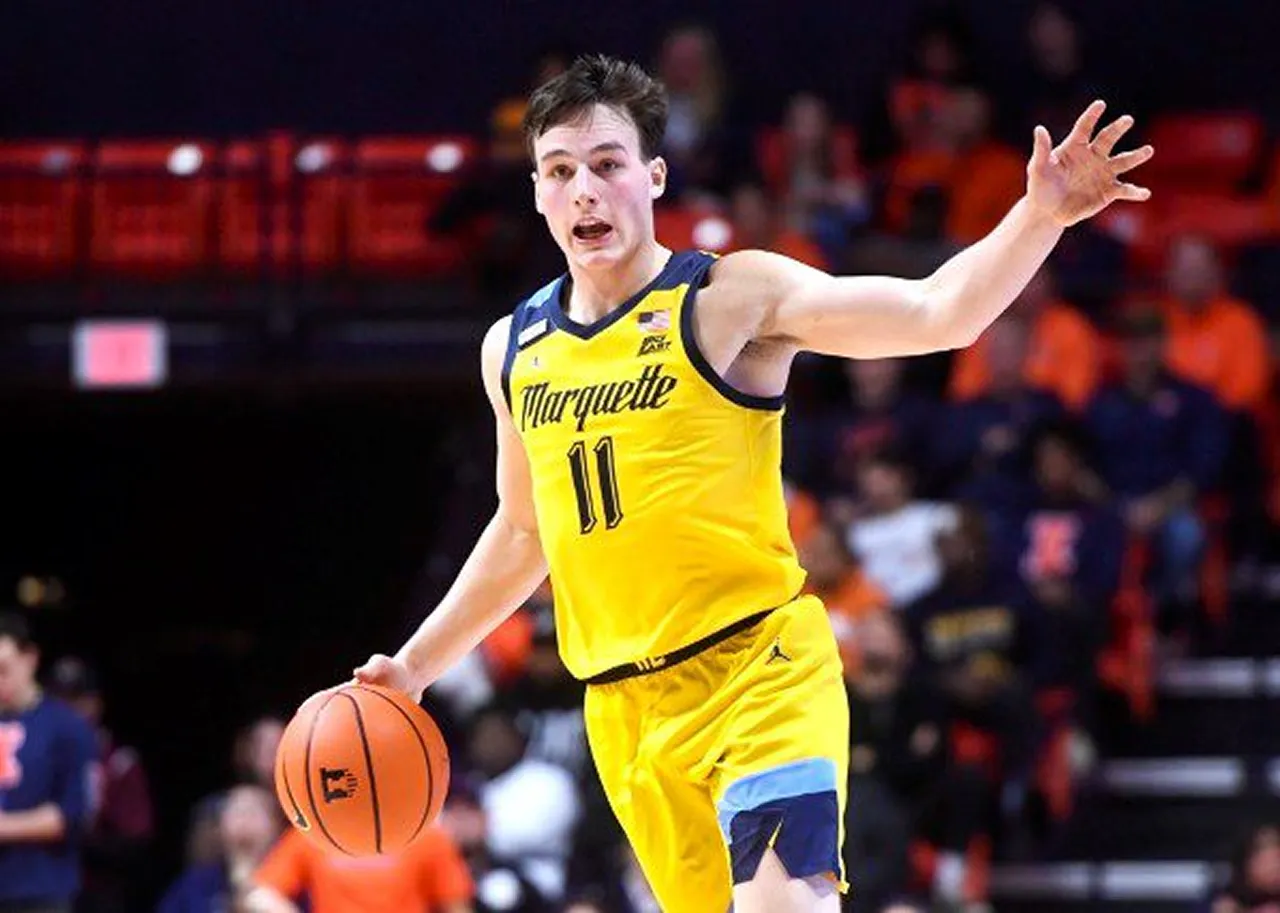
By following these tips and staying informed, you can manage risk and expectations in March Madness, enhancing your chances of success. Remember, the beauty of March Madness lies in its unpredictability, so embrace the excitement and enjoy the ride!
Final Four Predictions for 2025
The Auburn Tigers, Duke Blue Devils, Alabama Crimson Tide, Houston Cougars, Florida Gators, Iowa State Cyclones, and Tennessee Volunteers are among the betting odds favorites to reach the Final Four. Conventional wisdom says we should pick at least two of those schools to be among our final four teams, considering their performance in the Sweet 16 and beyond. Let’s dive into the analysis for each team and an example of how to narrow down our picks:
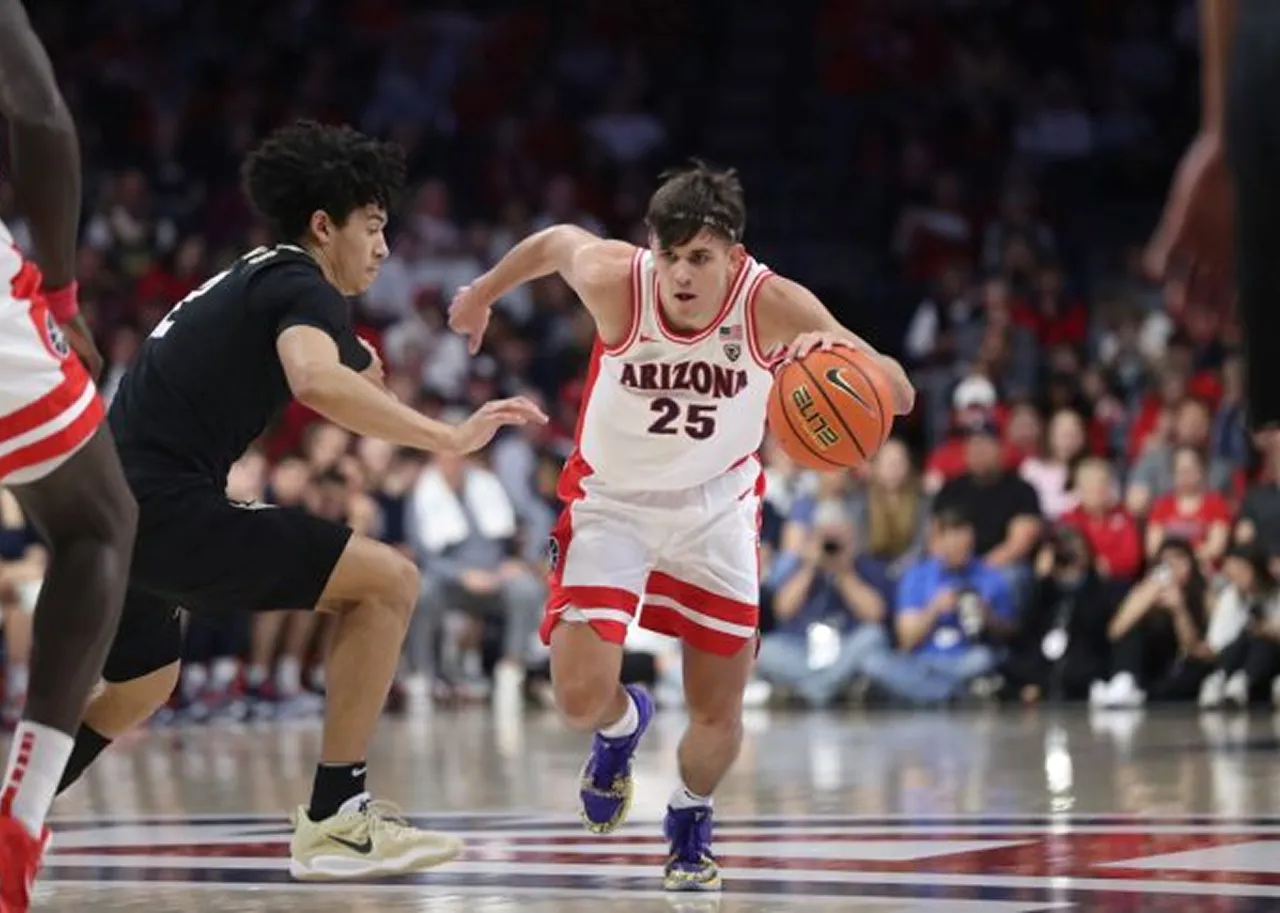
- Auburn has arguably been the best team in the country all season and will likely earn the No. 1 overall seed. Head coach Bruce Pearl has already been to a Final Four, and Johni Broome could be the best player in the nation.
- Duke has outstanding freshman Cooper Flagg, who is also in the running to be the best player in the nation. The Blue Devils are always one of the most talented teams in the country, so a Final Four Trip is attainable.
- Alabama has been knocking on the door of a Final Four since Nate Oats arrived in Tuscaloosa, and they finally got there last year. With point guard Marcus Spears at the helm, they can make another deep run.
- Florida is one of the most dangerous teams in the country offensively, but 39-year-old head coach Todd Golden is 0-2 in his tourney career.
- Houston is led by 69-year-old head coach Kelvin Sampson, who has reached the Final Four with two different programs.
- Tennessee is always in the mix due to their scrappy defensive play style and effort that often gives them an advantage in the rebounding battle. However, Rick Barnes has reached just one Final Four in 37 years as a college basketball head coach, and that was back in 2003 at Texas.
- Iowa State is one of the top programs in 2025, but the Cyclones have several bad losses in a weak Big 12.
Given the analysis above, Auburn and Duke are great choices as two of your Final Four picks. When projecting the Final Four, identify two “obvious” strong teams to make it to the Final Four before going wild and mixing in a lower seed like an Ole Miss or a Utah State.
What Are The Biggest Upsets in Tournament History?
- 16-Seed Fairleigh Dickinson Def 1-Seed Purdue (2023)
- 16-Seed UMBC Def 1-Seed Virginia (2018)
- 15-Seed Princeton Def 2-Seed Arizona (2023)
- 15-Seed Saint Peter’s Def 2-Seed Kentucky (2022)
- 15-Seed Oral Roberts Def 2-Seed Ohio State (2021)
- 15-Seed Middle Tennessee State Def 2-Seed Michigan State (2016)
- 15-Seed Florida Gulf Coast Def 2-Seed Georgetown (2013)
- 15-Seed Norfolk State Def 2-Seed Missouri (2012)
- 15-Seed Lehigh Def 2-Seed Duke (2012)
- 15-Seed Hampton Def 2-Seed Iowa State (2001)
- 15-Seed Coppin State Def 2-Seed South Carolina (1997)
- 15-Seed Santa Clara Def 2-Seed Arizona (1993)
- 15-Seed Richmond Def 2-Seed Syracuse (1991)
 RADIO
RADIO























